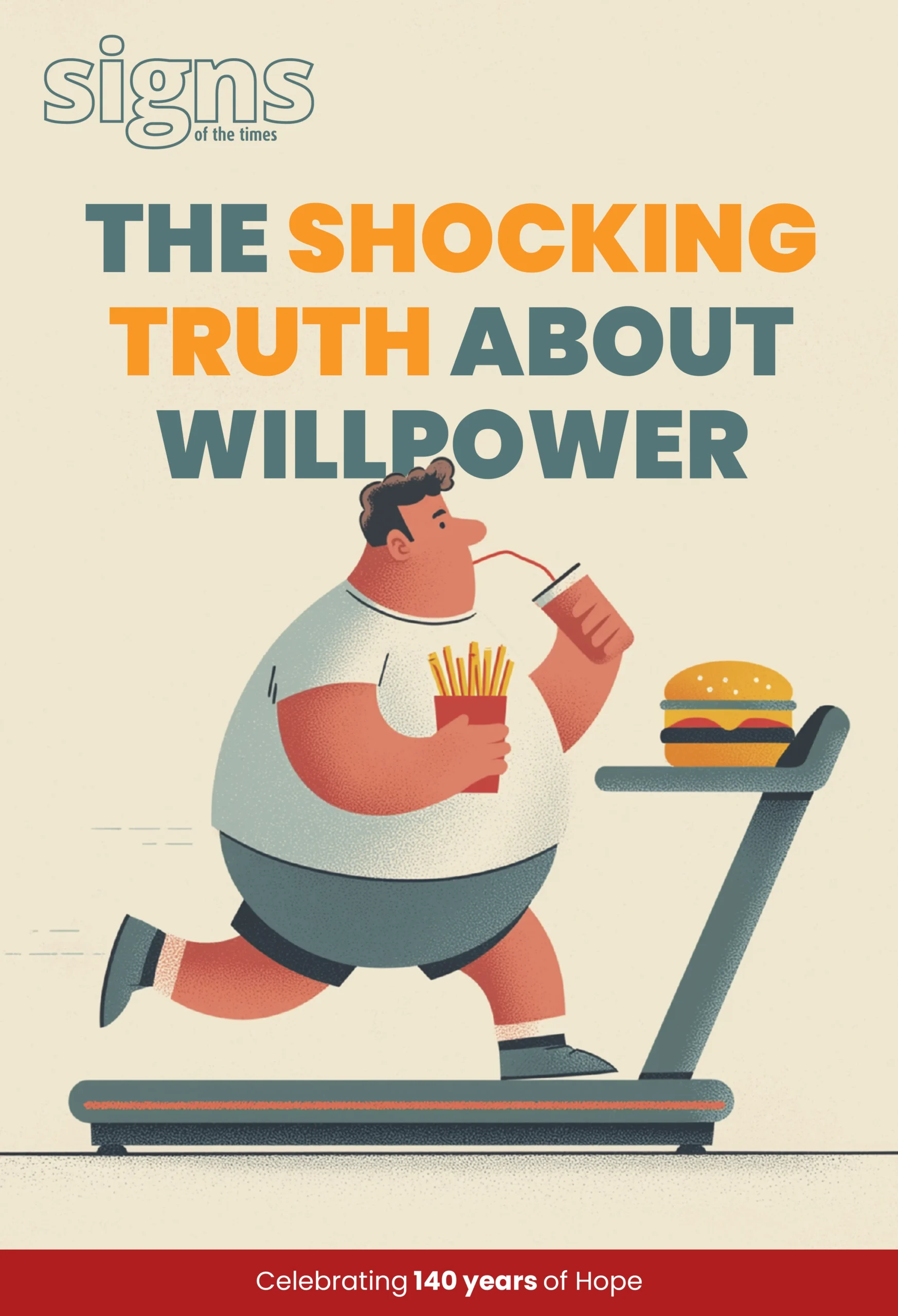
What are flatbreads?
Flatbreads are the simplest form of bread. Typically made just from flour, salt and water, rolled until the dough is flattened, then cooked in a pan or baked. While many are unleavened, some, like pitta bread, are lightly leavened.
Flatbreads are perfect to use as wraps or to sop up juices from stews, curries and soups.
There are dozens of different flatbreads. The better known varieties include tortilla, naan, Afghan, lavash, paratha, injera and Lebanese bread. Flatbreads may also include various flours, seeds and cracked grains, or they may contain seasonings such as herbs, spices, garlic, chilli and curry powder. Some are brushed with fat such as ghee (a form of butter) or this may be added between very thin layers.
What to look for
Check the fibre content, because in many flatbreads it may be missing. For example, while a plain tortilla supplies around two grams of fibre, two slices of a heavy wholemeal and seed bread can supply more than four times this amount. If you’re making your own flatbread, add chia seeds or linseeds to the dough.
Check the amount of sodium. Flatbreads can hide up to twice the amount of salt per serving compared to regular bread. This is important, since bread is the number one source of salt consumed in processed foods in the Australian and New Zealand diets.
Look at the ingredients list for the addition of nutritious legume flour. This can double the plant protein content and dampen the blood-sugar-raising effect of the carbohydrate present. If you’re making your own, start by substituting half a cup of other flour in the recipe with legume flour (such as lupin flour). Experiment until you achieve the right texture. Keep in mind that legume flour is gluten-free.
Chapatti flatbread
Chapatti, also known as roti, is a wholesome, unleavened flat bread from India. This recipe features chickpea flour, which has double the protein compared to wholemeal flour and six times more than white flour. This chapatti is also an excellent source of fibre. (See photo at top of article.)
Preparation time: 15 mins | Cooking time: 20 mins | Serves: 6
Ingredients
- 140 g chickpea flour (also called besan, gram or chana flour)
- 65 g wholemeal flour (extra for dusting)
- 1½ tbsp ground linseeds
- ½ tsp salt
- ½ tsp chilli, optional
- 3 tbsp finely chopped coriander
- 1 tsp extra virgin olive oil
Method
- Add the flour, linseeds, salt, chilli and coriander to a bowl and gradually stir in about ½ cup water. When the mixture becomes sticky, knead lightly then form 6 balls.
- Dust your workbench and rolling pin with flour then roll each ball into a thin disc shape, approximately 15-cm in diameter. Add extra flour to the surface of each chapatti to prevent dough from sticking.
- Heat a non-stick pan then add the olive oil and reduce heat to medium.
- Place one chapatti in the pan and cook for 1½ minutes then flip to cook the other side for a further 2 minutes. Press down the chapatti while cooking to ensure both sides are evenly golden with brown spots. Remove the chapatti and place on a serving dish. Cover to keep warm. Repeat until all the chapatti has been cooked.
PER SERVE: Energy 514 kJ (123 cal). Fat 4 g. Protein 7 g. Saturated fat 0 g. Carbohydrate 11 g. Fibre 5 g. Cholesterol 0 mg. Calcium 25 mg. Iron 1.9 mg. Sodium 224 mg.









